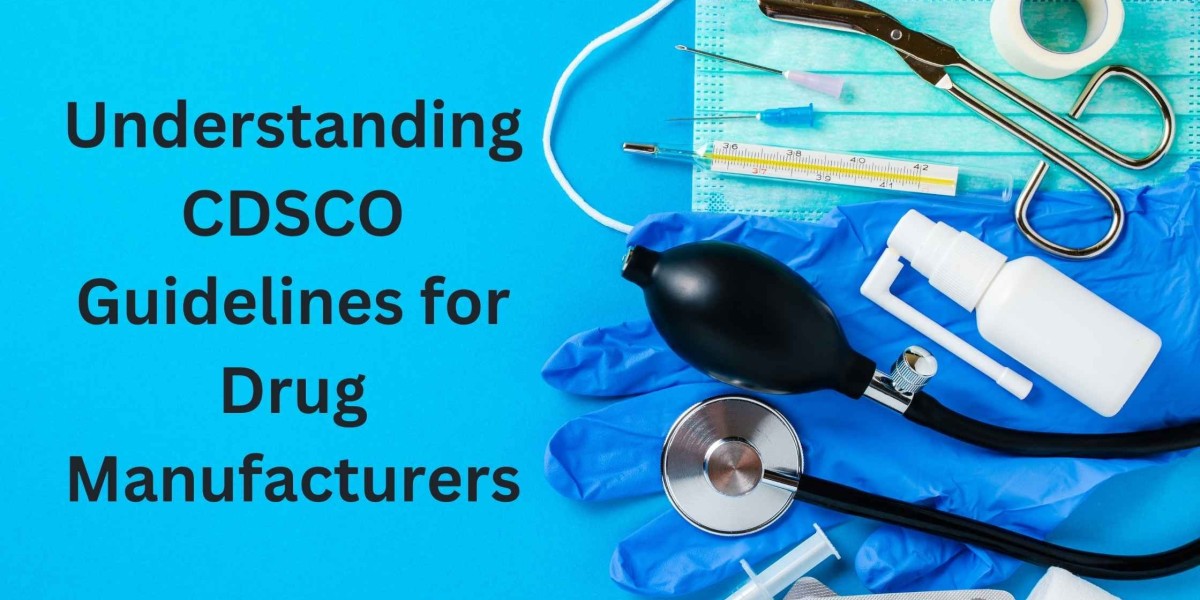Navigating the regulatory landscape is crucial for drug manufacturers to ensure product compliance and smooth market entry. The Central Drugs Standard Control Organization (CDSCO) lays down essential guidelines for manufacturing, importing, and testing drugs, cosmetics, and medical devices in India. This blog provides a straightforward breakdown of the CDSCO requirements, helping manufacturers stay compliant with key processes and avoid regulatory challenges.
1. Manufacturing License Requirements
Drug manufacturers must obtain a CDSCO cosmetic manufacturing license registration or a drug manufacturing license, depending on the product type. Manufacturers must also follow Good Manufacturing Practices (GMP) under Schedule M of the Drugs and Cosmetics Act to ensure product quality.
Key Steps for CDSCO Manufacturing License:
- Submission of application in Form 25 or Form 28
- Approval of premises and equipment inspection
- Regular audits to ensure continuous compliance
2. CDSCO Test License for Drug Development
Manufacturers involved in drug research and development require a CDSCO test license registration. This license allows them to manufacture or import small quantities of drugs for testing and clinical trials.
Process to Obtain a CDSCO Test License:
- Submit an application in Form 29
- Provide details of the drug, testing purpose, and premises
- Ensure trials comply with Good Clinical Practice (GCP) guidelines
3. Importing Drugs, Cosmetics, and Medical Devices
Manufacturers intending to import products into India need specific CDSCO licenses.
- CDSCO cosmetic import license registration: Required for bringing cosmetic products into India.
- CDSCO medical device import license registration: Mandatory for importing medical devices, especially those under regulated categories.
Steps for Import Registration:
- Application in Form 42 for devices or cosmetics
- Submission of product samples for inspection
- CDSCO approval after thorough quality review
4. CDSCO Registration Process for New Drugs
For new drugs, manufacturers must complete the CDSCO license registration process before product launch. This includes submitting clinical trial data and obtaining a New Drug Approval (NDA).
Key Steps for CDSCO Registration:
- Submit an application in Form 44
- Provide trial results proving safety and efficacy
- Approval after CDSCO's review and inspection
Read more Blogs: Start a Medical Store Business in India
5. Labeling and Compliance Standards
All drugs and cosmetics must adhere to strict labeling regulations. Products must include essential information like:
- Product name and batch number
- Manufacturing and expiry dates
- Storage instructions and warnings, if applicable
Failure to meet these requirements may lead to product recalls, penalties, or suspension of licenses.
6. Importance of CDSCO Guidelines for Business Growth
Adhering to CDSCO guidelines ensures product compliance, builds market credibility, and opens doors for exports. Manufacturers who follow the correct processes for CDSCO cosmetic import registration, CDSCO test licenses, and CDSCO medical device import licenses can expand operations smoothly and avoid costly delays.
Conclusion
Understanding CDSCO’s guidelines is essential for drug manufacturers to ensure compliance and avoid regulatory penalties. Whether it’s securing a CDSCO cosmetic manufacturing license, CDSCO registration for new drugs, or obtaining a CDSCO test license, staying updated with these processes is key to operational success. By adhering to CDSCO’s framework, manufacturers can ensure quality, safety, and long-term growth in both domestic and international markets.
Read more Blogs: Surgical Instruments Wholesale Business in India






